Sunscreen 101 : All About SPF Explained
For the love of good and healthy skin, whilst reducing the effects of sun damage and minimizing your chances of skin cancer, there is one staple product every person should have with them at all times - Sunscreen.
Australia has one of the highest skin cancer rates in the world (Chan, 2018), primarily due to our great land being so close to the ozone layer. Which is why it is imperative that basic knowledge regarding sunscreen is paramount, if we are to live out our fabulous sun soaked lives by the land surrounded by sea. Long Island Ice Tea anyone?!
In order to understand the complexities around sunscreen usage as well as the benefits, we must learn the basics first. Alas, I have done the research, all you have to do is take a few minutes to read through and you will too will become an expert.
When you enter any store, including your local supermarket, the first part of the sunscreen bottle you notice is the SPF. This is where it usually starts for many of us, choosing the correct SPF, one would assume that the higher the SPF the better protection we get. This is true to some extent. However, you also need to take into account whether it is broad spectrum, oh and whether the ingredients are good for you and the environment. If having a higher SPF is better, then why do manufactures make sunscreens with lower SPF, What is the point? Let’s break it down from here on out.
What Does SPF Stand for?
SPF stands for sun protector factor, and in Australia when choosing sunscreen to wear to the beach, many manufacturers make products that are SPF 30+ and above. However, when you stroll the skincare isles, you will notice products that have SPF 15+ or SPF 20+, which is usually an indication that the product with 15+ or 20+ protection is secondary to the product that you are using. For example, the everyday moisturiser might have SPF15+ protection, which indicates that the moisturizer is used as a base coat for either your foundation or to minimise find lines and wrinkles. Wearing the moisturizer in the sun would not be recommended as it would provide minimal sun protection, hence why it is recommended that sunscreen containing SPF30+ and above be used solely when out and about in the sun and protecting yourself against the harmful rays of the sun.
In order to achieve the SPF number, a simple formula is used according to the Australian Academy of Science. In a controlled test lab, volunteers were used to test how long it took for a patch of skin to burn under UV light. The Academy of Science concluded that in order to create an SPF of 30, a simple formula was used, that is the number of seconds it takes for a patch of skin to slightly redden when covered in sunscreen. This is then divided by the number of seconds it takes to slightly redden when there is no sunscreen applied. For example, if it took 300 seconds for skin to redden with sunscreen, and 10 seconds to redden without, than 300 is divided by 10, which is 30, the SPF is 30. Indeed, very simple. The same formula is used for SPF 50+. Very simple, yet very effective. The sun God’s stand no chance. Furthermore, under current Australian regulations, sunscreen with an advertised SPF of 50+ will have a significantly higher rating than 50, hence the + sign next to the number. So, if you are purchasing SPF 30+, rest assured that there is at least 40+ SPF protection, same as 50+.
Who Invented Sunscreen and When Was It Invented?
According to the US National Library of Medicine, sunscreen was invented in early 1891 by German Dr. Hammer of Stuttgart. He used quinine (medication used to treat malaria) prepared in an ointment as the first human sunscreen (Urbach F, 2001) however, depending on where you live, the date varies as well as the formulation. The founder of L’Oréal invented his own version in 1935 and in Australia, it was a chemist by the name of Milton Blake in Adelaide who invented his own version in 1928 by using UV filter Phenyl salicylate (often used as an analgesic) at a concentration of 10%. This created a barrier like cream against the sun. This formulation as a means of protection against the sun was verified by the University of Adelaide (Australian Broadcasting Corporation, 2019) and later used Australia wide.
What is The Difference Between Chemical Sunscreen vs Mineral?
Chemical sunscreens and Mineral Sunscreens. I got you on this one…let me explain. Mineral sunscreens also known as physical sunscreens when applied stay on the skins surface and repel the sun’s harmful UV rays. Remember during your summer holidays when your parents were working and you had no one to take you to the beach, and you were stuck at home watching cricket on channel nines wide world of sports, and you would see the late Shane Warne with a white substance lathered over his nose as he was bowling for Australia? Yeah, me neither, well that was mineral sunscreen. That man was always ahead of his time. There are two main active ingredients in mineral sunscreen, either zinc oxide or titanium dioxide. Manufacturers have come a long way since then, thank you science! It is now possible to purchase mineral sunscreen that although still has some white residue when applied, it does somewhat blend in and it is not that noticeable. But hey, I am all too familiar with zinc, having used it on both of my kids. Jeeez, had to always apply with caution, because once that got on their onesie, had to scrub for days to remove it, or boil the clothes like my Eastern European mum used to. Mineral sunscreens protect from both UVA and UVB (Cynthia T, and Cheryl M. F 2022). UVA and UVB is long and short exposure from the sun. I’ll get in to this a little later on. Since mineral sunscreens protect the skin by sitting on top of it, it is imperative that a generous amount is applied and evenly.
Chemical sunscreens on the other hand, contain active ingredients that are absorbed into the skin, and then absorb UV rays, then this absorption converts the rays into heat and is released from the body. The active ingredients in chemical sunscreens include avobenzone, octinoxate and oxybenzone (Naya Dayan, 2016). Yeah I struggle pronouncing that too!
By now you might ask yourself, well which type of sunscreen is better? If you care about the planet and are an eco-warrior, thank you Greta Thunberg. Mineral is better for the environment, it does not harm the coral reefs or sea life. Whereas chemical sunscreen can cause damage to coral reefs and sea life. Also, chemical sunscreens can cause irritation to the skin, and if you are prone, it can flare up allergies. Chemical sunscreens absorb into the skin, whereas mineral sunscreens sit on top of the skin and act as a barrier. Look, I’ll be honest here, when I choose sunscreen for me and my kids, I always go the mineral route, because I don’t want anything being absorbed into my or my kids skin, and if that also means I get be an eco-warrior for innocent sea life, great. Doing great things for my kids and for the environment. Yay!
Shop Mineral Australian Sunscreens for Face and Body at VAMS Beauty:
Avocado Zinc SPF 50 Natural Tinted Moisturiser 50ml offers a vegan, 100% natural alternative to foundation. Provides excellent coverage, evens skin tone, and hides blemishes. It blends seamlessly across all skin colors, offering deeply moisturizing benefits with SPF 50 broad-spectrum protection. Silky and luxurious, it's the ideal foundation substitute for a flawless, protected complexion.
Comes in 3 shades:
- Light - suits extra fair skin
- Light-Medium - suits fair & lightly olive skin
- Medium-Dark - suits tanned & dark skin

SPF 50 Natural Physical Sunscreen 100ml Using zinc oxide, it provides broad-spectrum UVA/UVB protection. Ideal for all skin types, babies, and during pregnancy and breastfeeding. It rubs in clear, offering a perfect makeup base. Vegan, cruelty-free, and 100% preservative-free with 98% non-comedogenic oils, it's suitable for all skin types and leaves a dewy finish. Made in sunny Perth, Western Australia. With Avocado Oil, Coconut Oil, Vitamin E, Calendula, and Castor Oil, it soothes and moisturizes without oiliness.

SPF 50 Face Spray - Faceshield Antioxidant Sunscreen Mist 100ml this innovative SPF 50 mist doubles as a makeup setting spray, offering broad-spectrum defense against UVA/UVB rays. It's reef safe, free from oxybenzone and parabens, and available in a refreshing Rose Dew scent option. Perfect for all skin types, this mist provides quick, refreshing application for protected, radiant, and flawless skin all day.
What Does UVA/UVB Mean?
Basically, the sun emits two types of ultraviolet rays that get absorbed into our skin. Ultraviolet A (UVA) and Ultraviolet B (UVB). This ultraviolet radiation is a natural process of the sun, ultimately it is the way the sun produces energy. According to the Cancer Council of Australia, the two types of UV light emitted by the sun contribute to the risk of cancer and skin ageing. In its simplest terms Ultraviolet A (UVA) has a longer wavelength, and is attributed with higher skin cancer risk and ageing, whereas Ultraviolet B (UVB) is the major cause of sunburn, and also increases the chances of skin cancer. Basically, both are bad.
How Much Sunscreen to Apply & How Often ?
Sunscreen needs to be applied liberally every two hours, and thoroughly rubbed into clean and dry skin. If you are involved in vigorous activities that cause sweating such as swimming, beach volleyball or drinking decaf lattes in the blistering sun, then sunscreen should be applied straight after those said activities, even if you had it applied 15 minutes ago. The Cancer Council recommends that an adult apply approx. a teaspoon of sunscreen per each body part. That is 5ml for each arm, leg etc., including neck and ears. If you want to get technical, that is a total of 35ml (approx. 7 teaspoons) for a full body application.
How is Sunscreen Regulated in Australia?
All sunscreens which are considered to be therapeutic goods i.e. just sunscreens and not secondary sunscreen manufactures add to cosmetic products (moisturizers or foundations) need to be regulated by the Australian Register of Therapeutic Goods (ARTG). The sunscreens needs to either be listed or registered in the ARTG before they can legally be sold in Australia. These registered sunscreen will have an AUST L on the label usually followed by the number.
According to the ARTG sunscreens must comply with the testing and labelling requirements in line with the Australian Sunscreen Standard, which means sunscreens must include on the packaging the SPF, water resistance and whether they are broad spectrum, that is providing protection against UVA and UVB. Lastly, sunscreens sold in Australia must comply with the Therapeutic Goods Act 1989, meaning that the labelling, the manufacturing and reporting of sunscreen products must comply with the above legislation.
Rest assured that when it comes to sunscreen, Australia has a high standard, and laws to back it up, unlike our standards on Saturday nights.
And remember, beauty radiates from within. Be kind and think positively.
Love Amela B.
Shop Your Dream Routine at VAMS Beauty
References
Chan, I. (2018). Light Waves: Skin Cancer in Australia. United States: Amplify.
Urbach, Frederick. (2001). The historical aspects of sunscreens. Journal of photochemistry and photobiology. B, Biology. 64. 99-104. 10.1016/S1011-1344(01)00202-0.
Cynthia T, and Cheryl M. F (2022) Pfeiffer and Mangus's Concepts of Athletic Training: Jones & Bartlett Learning.



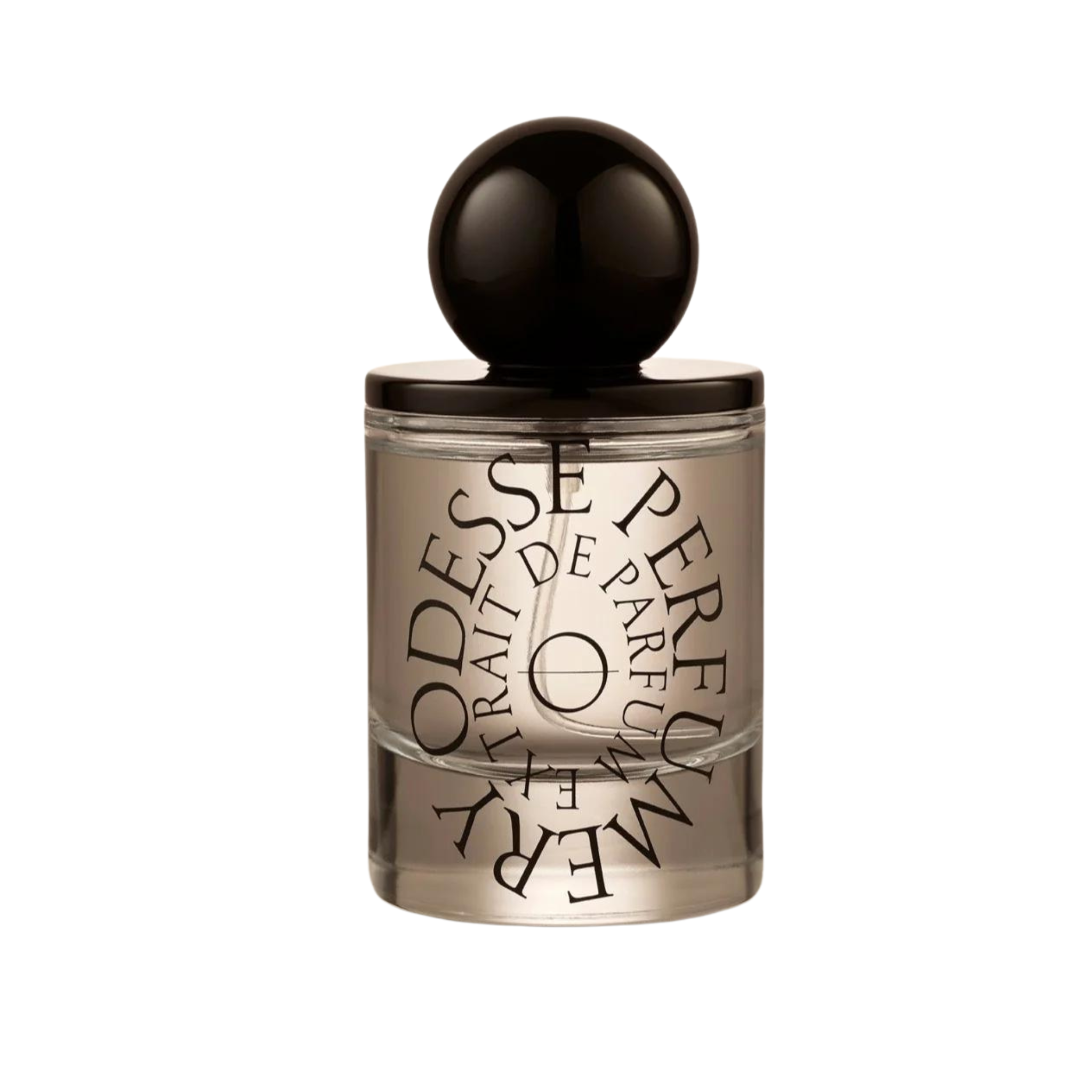
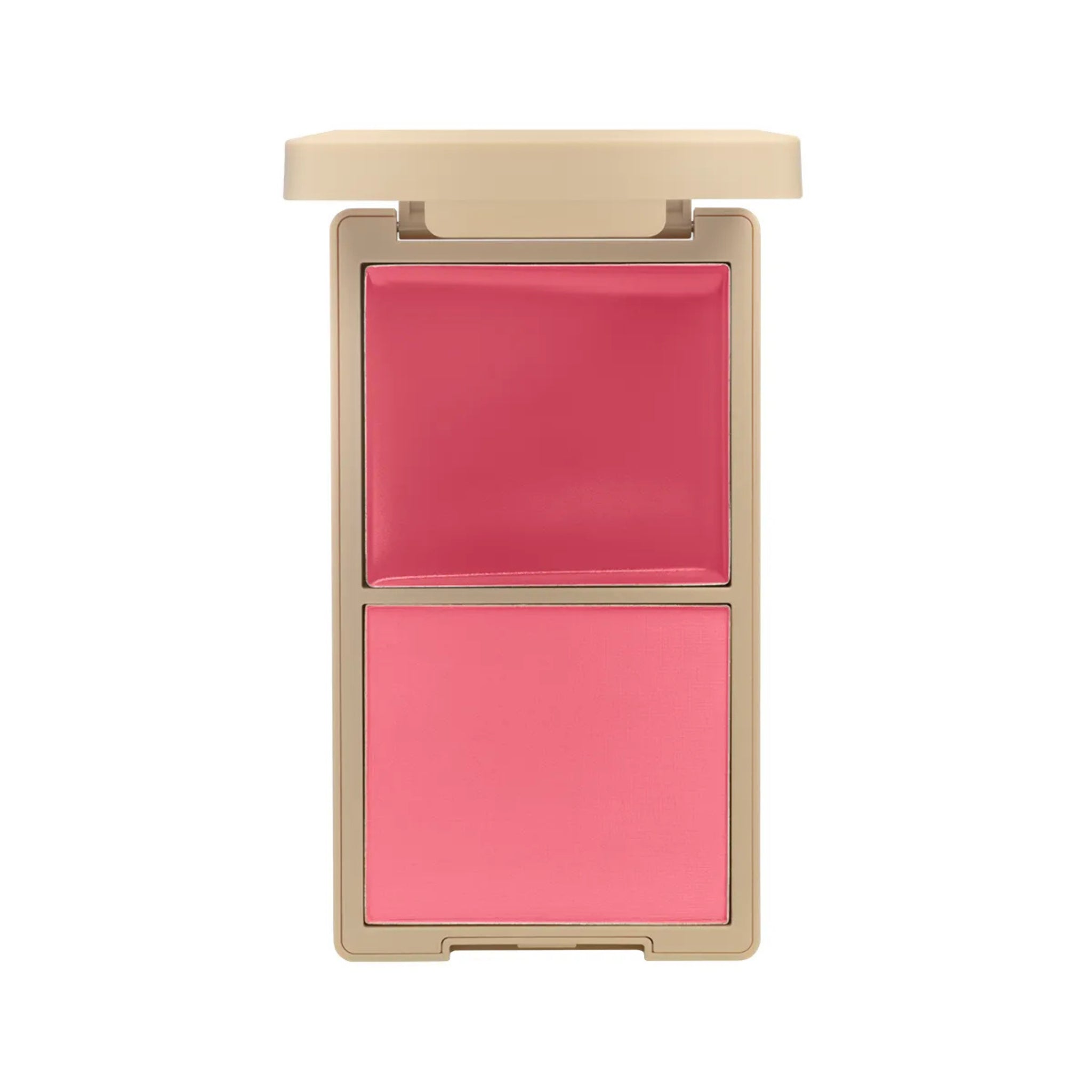
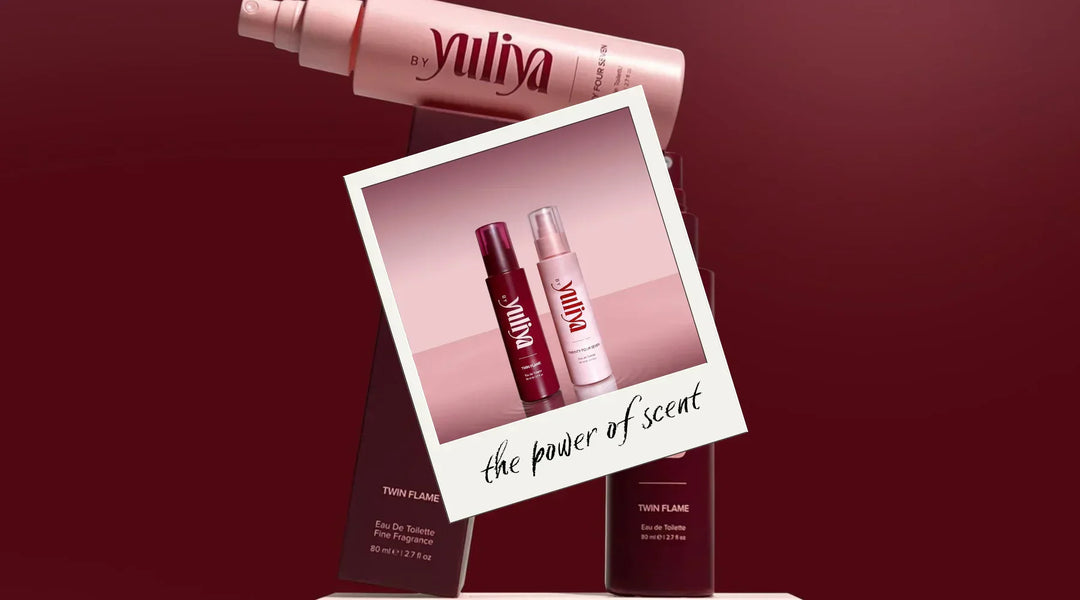
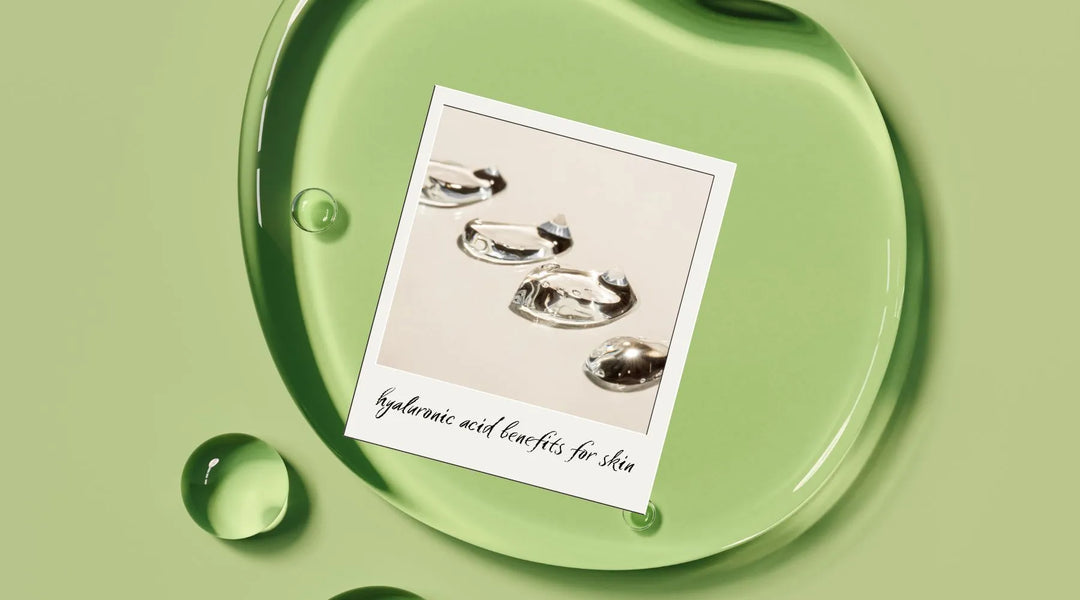
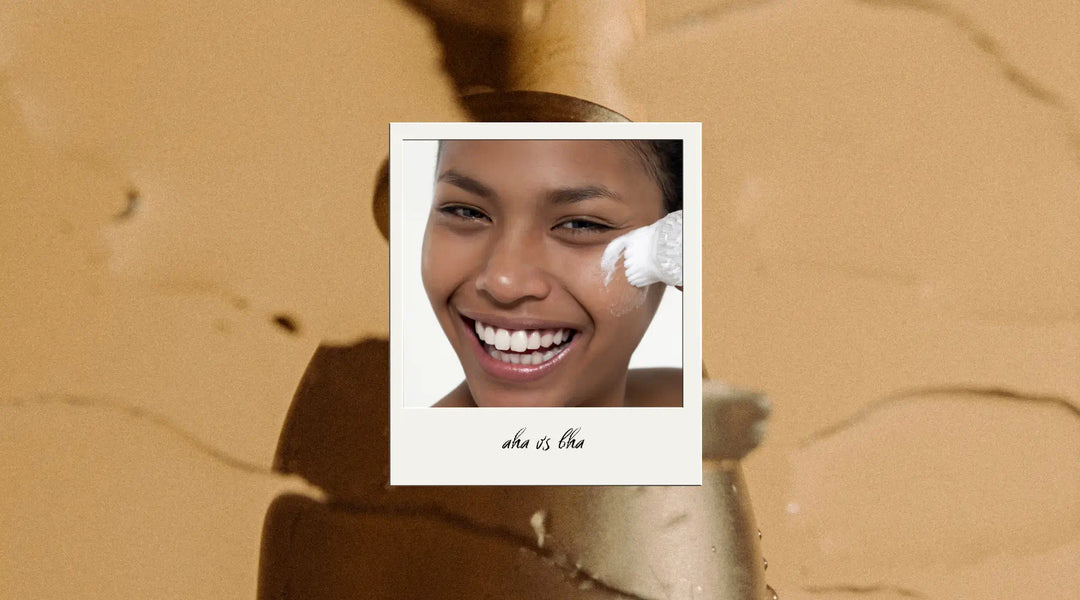

Leave a comment